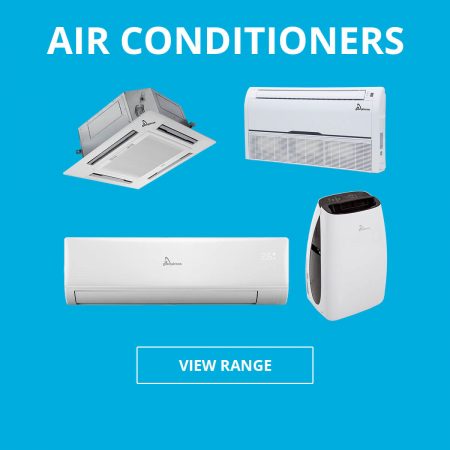On hot summer days when you feel as though the heat is taking over your life, you’d do anything for a cool breeze to take you out of your misery. It can become really hard to focus, and all you want to do is lay around and maybe take four or five showers per day.
If this is the case for you, then it may be time to invest in an air conditioner. They can get quite expensive, however, and you also have to think about the cost of installing them. If you’re living in a rented home, you also have to get the landlord’s permission, which can be a hassle in and of itself.
So what can you do? You could get a portable air conditioner, which is very handy for both homes and small businesses. They’re more compact and the installation process is easier, so you don’t need to hire a professional and you can move them from one room to another. But then you have to pay the upfront cost. Is it really worth it to throw down the big bucks if you’re only going to use it for at most three months in a year? In that case, you have another option: renting a portable air conditioner.
The benefits of renting a portable air conditioner
So you may be asking, “Can I rent a portable air conditioner?” Yes, you absolutely can! Renting furniture and appliances has become common practice because of how convenient it is. You can get access to the latest models from the best brands without paying an arm and a leg. If you buy your own unit, you’re probably going to want to keep it for a long time, so you have to worry about maintenance and repairs. On the other hand, if you rent it, maintenance and servicing will be taken care of for you.
The cost of renting a portable air conditioner varies from company to company, so you’ll want to do a bit of research and compare offers. Keep in mind that the higher the quality of the unit, the more expensive it will be to rent it. For example, if you want a unit that can cool down your living room in under 15 minutes and makes very little noise, it will probably cost you a bit more. Even so, it will still be cheaper than buying a wall unit and having someone install it.
Portable air conditioners come with a kit you use to connect the exhaust hose to a window. They can be installed either horizontally if you have double-hung windows or vertically for sliding windows.
But before you start searching for a portable air conditioner to rent, there are a few things you should know.
How much cooling power do you need?
The cooling power of air conditioners is usually measured in BTU or British Thermal Units, which shows how efficient the unit is at removing heat from a room and lowering the temperature.
Portable air conditioners usually start at 12,000 BTU, and you should choose the model according to the size of the room you’re planning to use it in. 12,000 BTU is enough for a room of about 400 square feet. For 600 square feet, you would need at least 14,000 BTU, and for 1,000 square feet, you need 18,000 BTU.
You’ll also see cooling power measured through tonnage. For example, a one-ton AC is not an air conditioner that weighs one ton, but a 12,000 BTU unit since each ton is the equivalent of 12,000 BTU.
Other than the size of the room, there will be a few other factors that influence how much cooling power you need such as the shape of the room, insulation, the height of the ceiling, and the number of people using the space.
What are the electrical requirements?
In terms of electrical requirements, only the smaller units can work on standard 120-volt power outlets. Larger units such as a 2-ton AC need special outlets and voltages like a 208-volt, single-phase, and 30-amp circuit.
If you have a lot of space, you therefore need a lot of cooling power. If you can’t accommodate the electrical requirements of a large unit, you could also rent two or three smaller units that can work on a standard electrical outlet.
What about maintenance?
In the process of cooling the air in a room, a portable air conditioner removes moisture that becomes condensate and needs to be drained. No-drip units or self-evaporative units recycle this water and use it to cool off its cooling coils so you don’t have to drain it manually.
Partially self-evaporative units use only part of the condensed water so you will still need to manually empty the condensate tank from time to time. Since the accumulation rate on these units is low, they’re still considered low-maintenance. You can also connect the air conditioner to a floor drain with a gravity drain. This way you never have to deal with the condensation.

